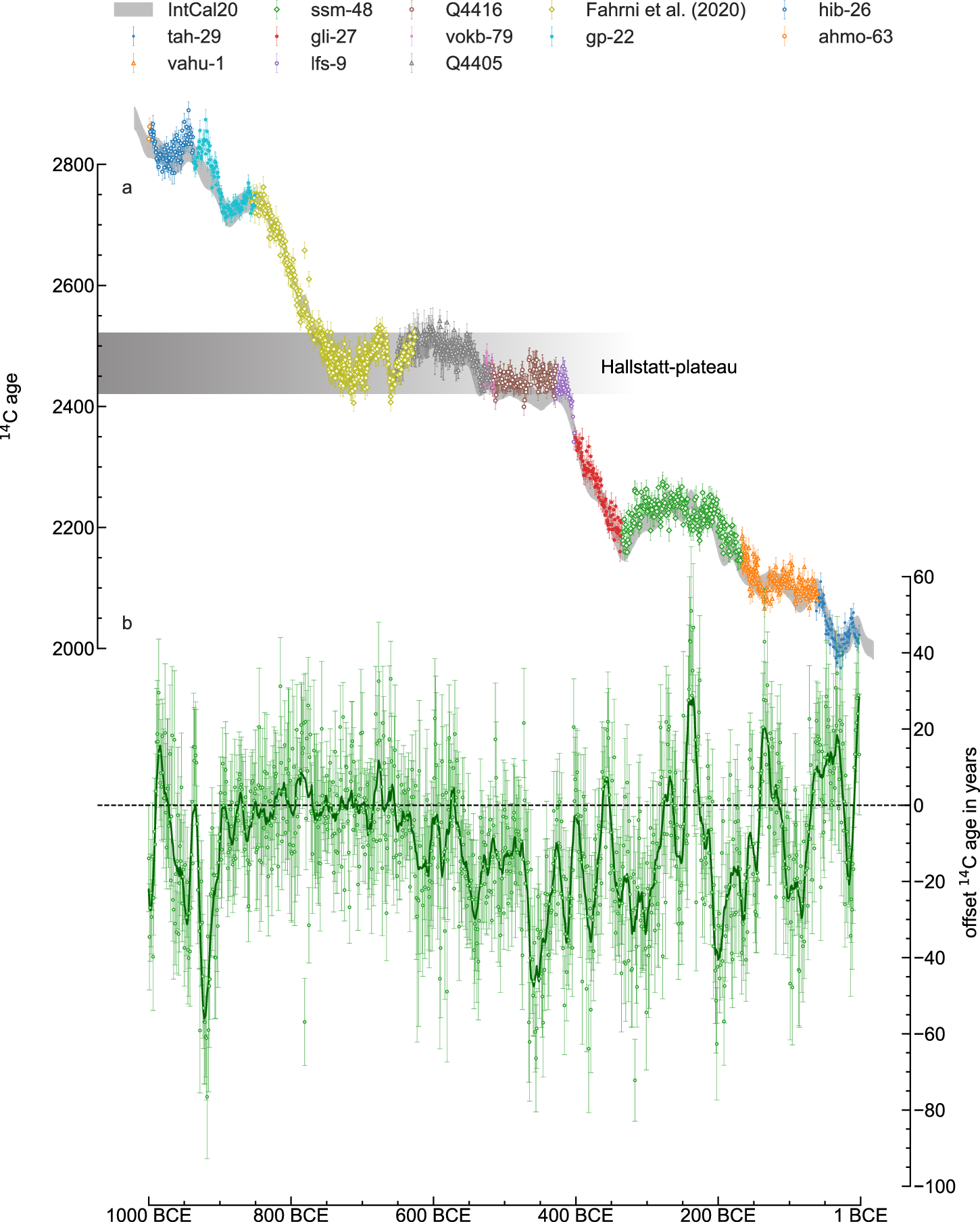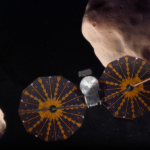2025-04-11 アリゾナ大学
<関連情報>
- https://news.arizona.edu/news/study-sheds-light-ancient-solar-activity-using-radiocarbon-locked-tree-rings
- https://www.nature.com/articles/s41467-024-55757-y
紀元前1千年紀の木の年輪と放射性炭素による古代の太陽周期の追跡 Tracing ancient solar cycles with tree rings and radiocarbon in the first millennium BCE
Nicolas Brehm,Charlotte L. Pearson,Marcus Christl,Alex Bayliss,Kurt Nicolussi,Thomas Pichler,David Brown & Lukas Wacker
Nature Communications Published:06 January 2025
DOI:https://doi.org/10.1038/s41467-024-55757-y

Abstract
The Sun drives Earth’s energy systems, influencing weather, ocean currents, and agricultural productivity. Understanding solar variability is critical, but direct observations are limited to 400 years of sunspot records. To extend this timeline, cosmic ray-produced radionuclides like 14C in tree-rings provide invaluable insights. However, few records have the resolution or temporal span required to thoroughly investigate important short-term solar phenomena, such as the 11-year solar cycle, or 14C production spikes most likely linked to solar energetic particle (SEP) events. Here we present a continuous, annually resolved atmospheric 14C record from tree-rings spanning the first millennium BCE, confirming no new SEP’s and clearly defining the 11-year solar cycle, with a mean period of 10.5 years, and amplitude of approximately 0.4‰ in 14C concentration. This dataset offers unprecedented detail on solar behavior over long timescales, providing insights for climatic research and solar hazard mitigation, while also offering enhanced radiocarbon calibration and dating accuracy.



